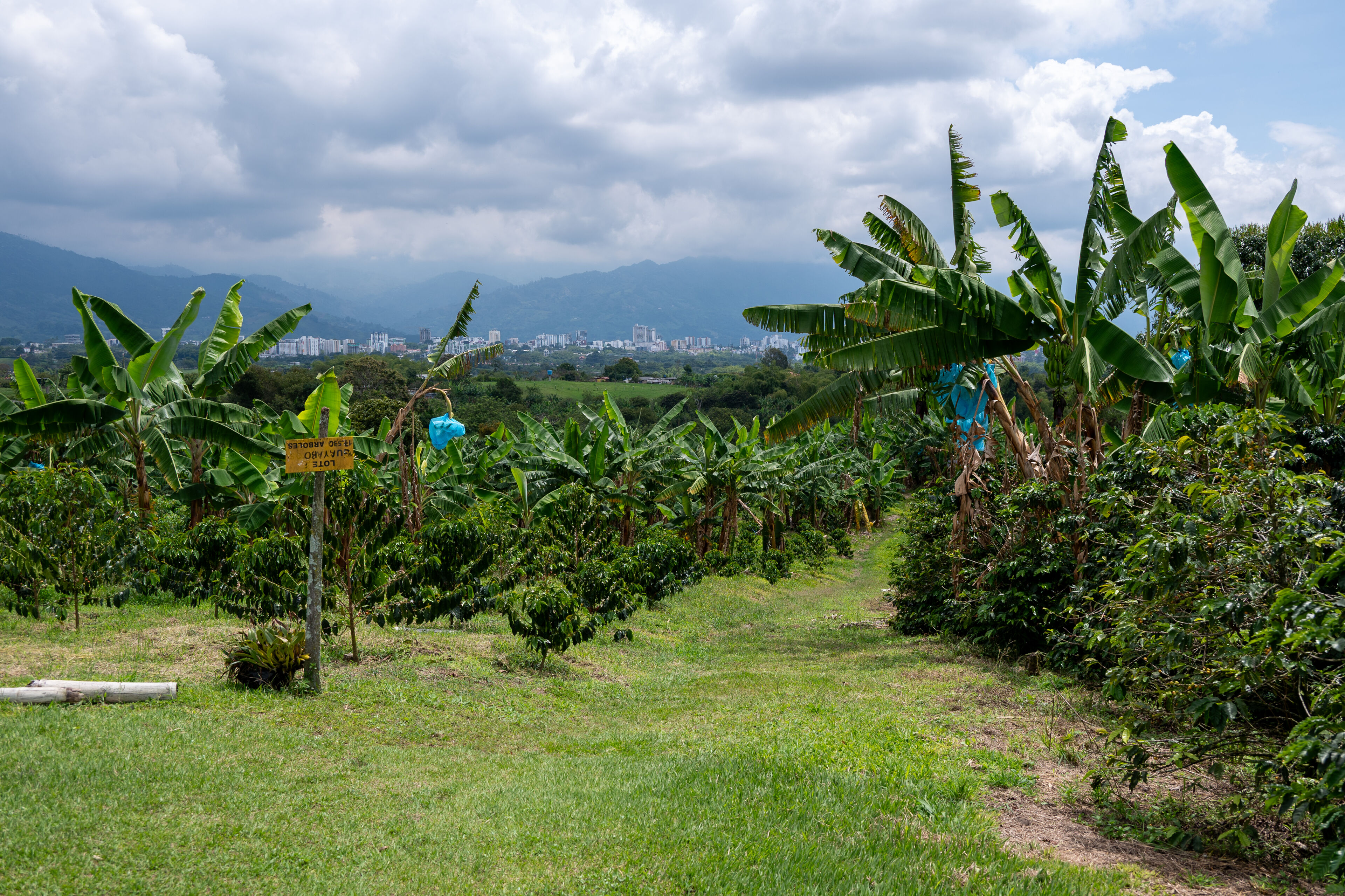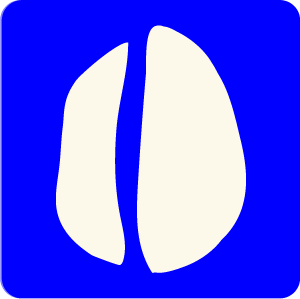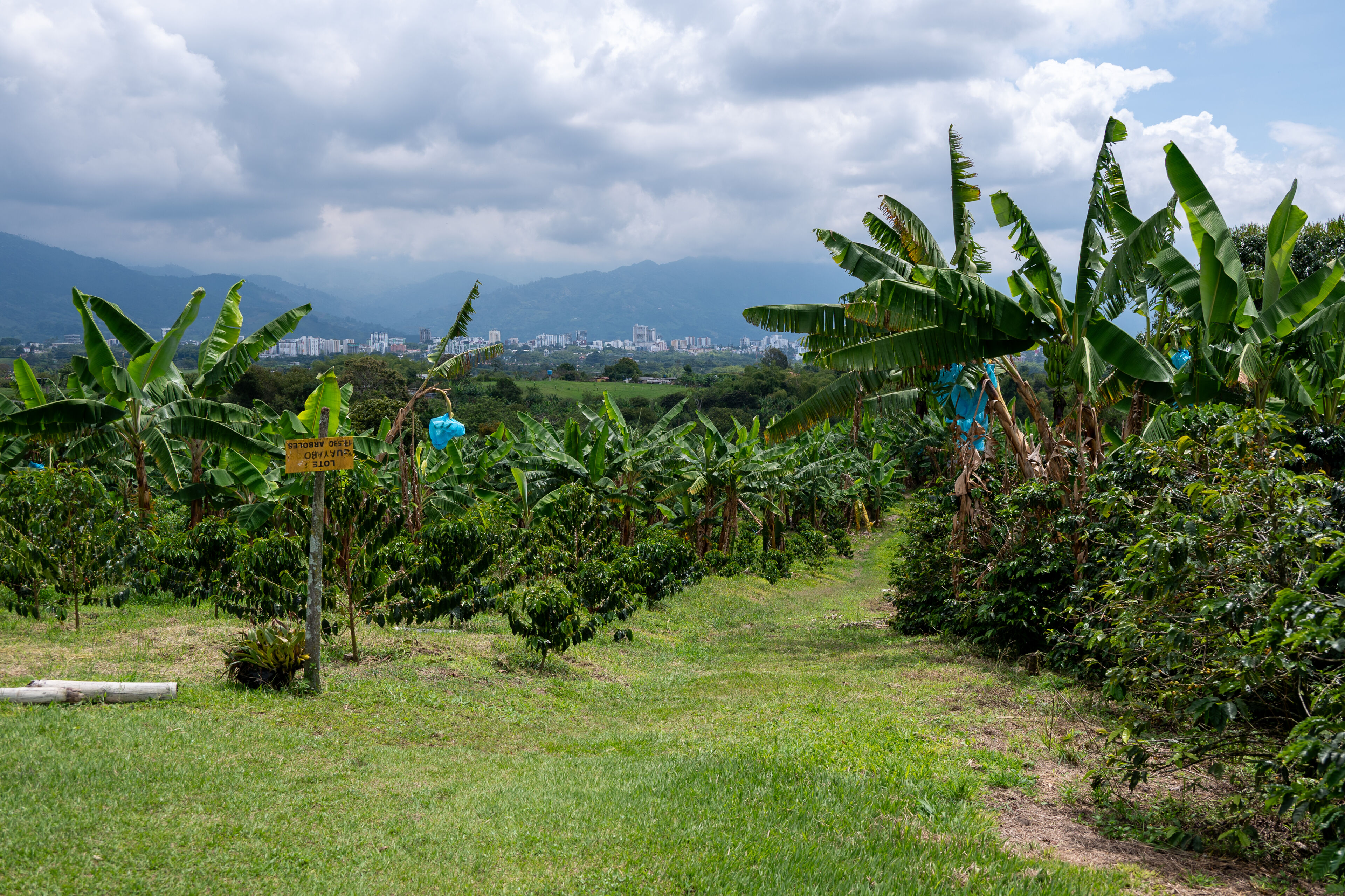"La Primavera is our highest farm and where we have planted new varieties such as Pink Bourbon. This farm specializes in washed coffees and is where we process most of our coffee. It always reminds me of my mother because she was the first visionary in the family to believe that we could improve our profiles from our terroir, taking care of the ecosystem. She was the first, together with my grandfather, to plant bourbon and shadow trees in some lots, which has given us different microclimates and therefore a different availability of raw materials to work with".
About
The farm in detail
Total number of hectares
35 Altitude
1550 - 1700 Environment
Hills and tropical Agroforestry level
1 - Simple
Coffees of this farm

Trees, tradition, and the taste of distinction.


Generations of care, reflected in flavor.






